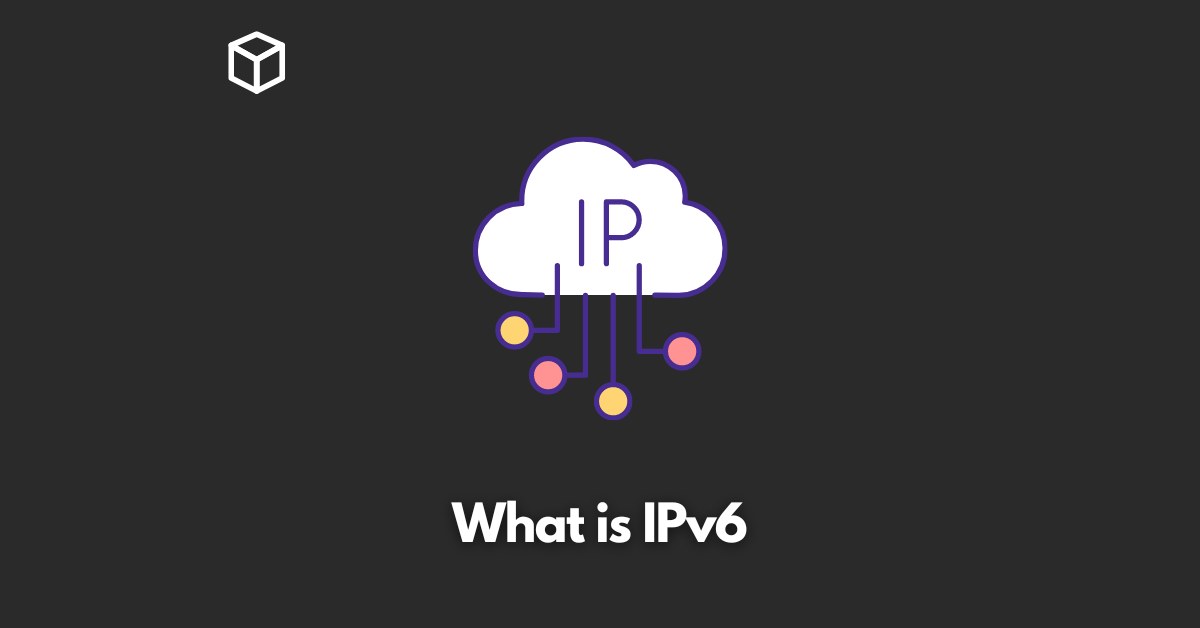IPv6, or Internet Protocol version 6, is the latest version of the Internet Protocol (IP) that is used to identify devices on a network and route data between them.
IPv6 is important because it addresses the issue of IPv4 address exhaustion, which occurs when the number of available IP addresses runs out.
This is a significant concern as the number of Internet-enabled devices continues to grow at an unprecedented rate.
In this article, we will discuss the history of IPv6, how it differs from IPv4, the advantages of IPv6, and the process of transitioning to IPv6.
How IPv6 addresses differ from IPv4:
One of the main differences between IPv6 and IPv4 is the increased address space in IPv6.
IPv4 addresses are 32 bits long, which allows for a maximum of 4,294,967,296 addresses.
In contrast, IPv6 addresses are 128 bits long, which allows for a maximum of 340,282,366,920,938,463,463,374,607,431,768,211,456 addresses.
This means that IPv6 addresses are much longer than IPv4 addresses and are represented in a different format.
IPv6 addresses are divided into eight groups of 16 bits each, separated by colons, and written in hexadecimal notation.
For example, an IPv6 address might look like this: “2001:0db8:85a3:0000:0000:8a2e:0370:7334”. IPv4 addresses, on the other hand, are represented in decimal notation, with four groups of 8 bits separated by dots, for example, “172.16.254.1”.
Another difference between IPv4 and IPv6 addresses is that IPv6 addresses are divided into two types: global unicast and unique local.
Global unicast addresses are used for public Internet connections, while unique local addresses are used for internal networks.
Advantages of IPv6
There are several advantages of IPv6 over IPv4, including improved security features, better support for mobile devices, increased efficiency in routing and network management, and the potential for future internet-enabled devices.
One of the key security features of IPv6 is that it includes built-in support for IPsec, which is a security protocol that provides authentication and encryption for IP packets.
This makes it more difficult for malicious actors to intercept or tamper with data in transit.
IPv6 also provides better support for mobile devices, as it includes features such as mobile IP and header compression, which help to conserve network resources and improve performance.
In addition to these features, IPv6 also provides increased efficiency in routing and network management.
This is due to the larger address space, which allows for more efficient routing and reduces the need for network address translation (NAT).
Finally, IPv6 has the potential to support a wide range of new and emerging Internet-enabled devices, such as smart homes, IoT devices, and more.
Transition from IPv4 to IPv6
The transition from IPv4 to IPv6 is a complex process that involves several challenges.
One of the main challenges is that IPv4 and IPv6 are not fully compatible, which means that organizations must implement a number of different solutions to ensure that IPv4 and IPv6 devices can communicate with each other.
One of the most common solutions is dual-stack, which is a technique that allows devices to use both IPv4 and IPv6 addresses simultaneously.
Another solution is tunneling, which is a technique that allows IPv6 packets to be encapsulated in IPv4 packets and sent over an IPv4 network.
It is important that organizations test and prepare for a successful transition to IPv6.
It includes testing and evaluating various transition methods, as well as preparing network infrastructure and applications for IPv6.
It is also important to keep in mind that the transition to IPv6 is not just a technical issue, but also a business issue that requires careful planning and coordination.
Conclusion
In conclusion, IPv6 is the latest version of the Internet Protocol that addresses the issue of IPv4 address exhaustion and offers a number of advantages over IPv4.
The transition from IPv4 to IPv6 is a complex process that requires careful planning, testing, and implementation of various solutions such as dual-stack and tunneling.
Organizations must take into account the ongoing need for IPv6 adoption and future developments to ensure a smooth transition.
We encourage all organizations to start planning and implementing IPv6 to keep up with the ever-growing number of internet-enabled devices.




